Orage, a meteorological phenomenon characterized by thunder, lightning, and heavy rain, has captivated the human imagination for centuries. From its scientific underpinnings to its profound cultural impact, this essay explores the multifaceted nature of orages, shedding light on their intricate scientific processes, diverse types, and far-reaching societal implications.
The scientific definition of orage centers around the rapid upward movement of warm, moist air, resulting in the formation of towering cumulonimbus clouds. These clouds serve as the birthplace of lightning, thunder, and hail, each phenomenon governed by distinct physical principles.
Etymology and History
The word “orage” originates from the Latin term “aura,” meaning “air” or “breeze.” Over time, it evolved into the Old French word “orage,” which specifically referred to a thunderstorm.
The term “orage” has been used in various languages and cultures throughout history. In English, it has been adopted as “orage,” retaining its original meaning of a thunderstorm.
Scientific Definition
An orage, also known as a thunderstorm, is a type of localized storm characterized by the presence of lightning, thunder, and heavy rainfall. It is a meteorological phenomenon that occurs when warm, moist air rises rapidly into the atmosphere, causing the air to cool and condense. This process releases energy in the form of heat and light, which creates the characteristic lightning and thunder of an orage.
Orages are classified into different types based on their size, intensity, and duration. The most common type of orage is the multicell thunderstorm, which is characterized by a series of individual cells that move in a line. Supercell thunderstorms are larger and more intense than multicell thunderstorms, and they can produce tornadoes and hail. Squall lines are long, narrow bands of thunderstorms that can produce damaging winds and heavy rain.
Orages can vary in size from a few kilometers to hundreds of kilometers in diameter. They can last for a few minutes to several hours. The intensity of an orage is measured by the amount of rainfall it produces, the strength of its winds, and the frequency of its lightning. Orages can produce rainfall rates of up to 100 millimeters per hour, winds of up to 100 kilometers per hour, and lightning strikes of up to 100,000 volts.
Types of Orages
Orages are classified into various types based on their severity and unique characteristics. Each type exhibits distinct features and poses different levels of threat.
The primary classification of orages is based on their intensity, which is determined by the strength of the updrafts and downdrafts within the storm. The three main intensity categories are:
Weak Orages
- Updraft Speed: Typically less than 25 m/s
- Downdraft Speed: Usually below 15 m/s
- Hail Size: Rarely exceeds 1.25 cm
- Wind Speed: Generally below 93 km/h
- Characteristics: Produce light to moderate rainfall, occasional lightning, and small hail. They pose minimal risk to life and property.
Moderate Orages
- Updraft Speed: Ranges from 25 to 40 m/s
- Downdraft Speed: Typically between 15 and 25 m/s
- Hail Size: Can reach up to 2.5 cm
- Wind Speed: Usually between 93 and 116 km/h
- Characteristics: Produce moderate to heavy rainfall, frequent lightning, and occasional hail. They can cause some damage to property, but generally do not pose a significant threat to life.
Severe Orages
- Updraft Speed: Exceeds 40 m/s
- Downdraft Speed: Typically above 25 m/s
- Hail Size: Can reach 5 cm or larger
- Wind Speed: Often exceeds 116 km/h
- Characteristics: Produce heavy rainfall, frequent lightning, large hail, and strong winds. They can cause extensive damage to property and infrastructure, and pose a significant risk to life.
Associated Phenomena
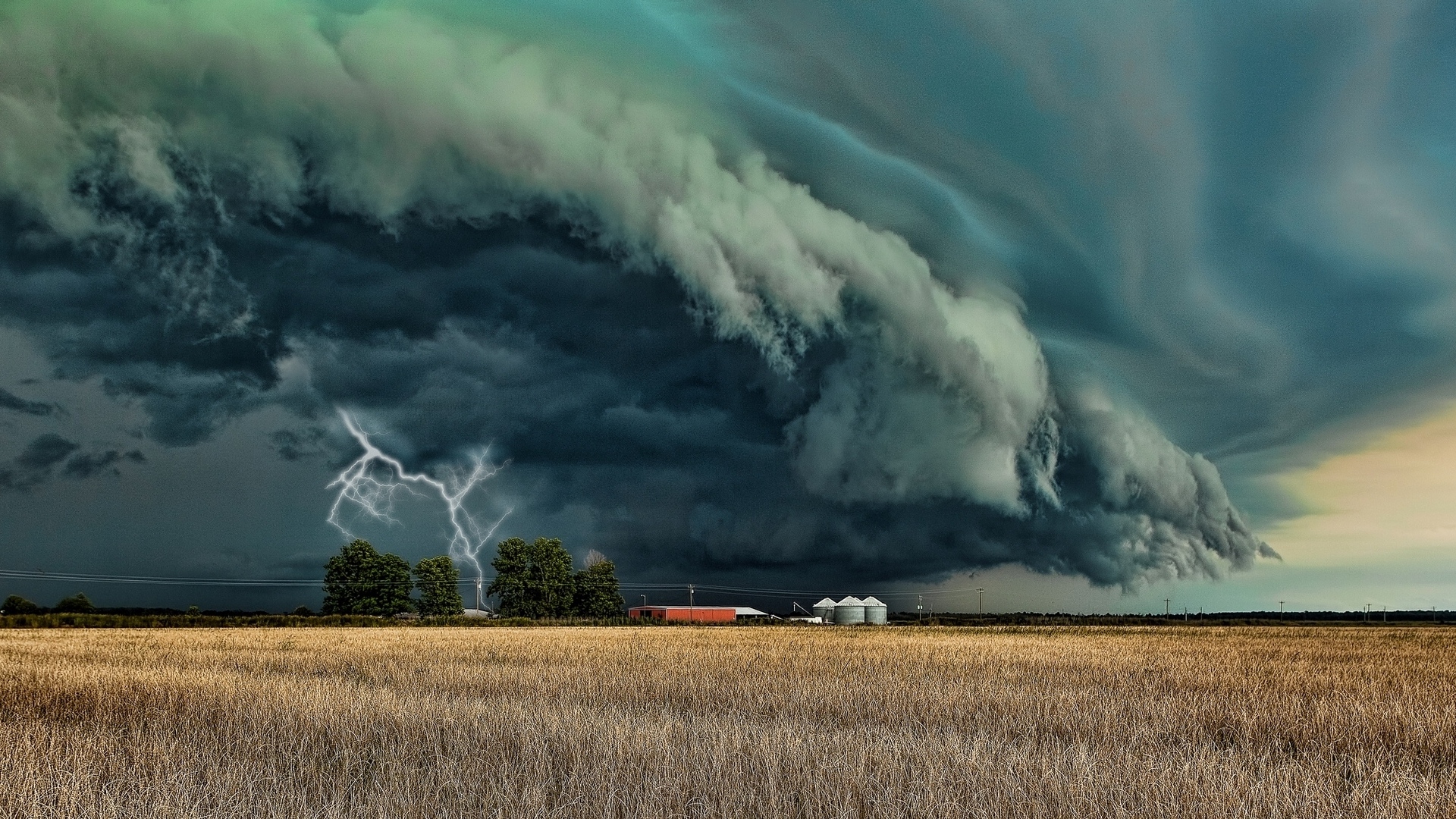
Orages are often accompanied by a range of other weather phenomena, including lightning, thunder, and hail. These phenomena are all caused by the same basic processes that produce orages, and they can be a significant hazard to people and property.
Lightning is a powerful electrical discharge that occurs between the clouds and the ground, or between two clouds. It is caused by the buildup of static electricity within the orage cloud. When the electrical potential difference between two areas becomes too great, the air can no longer insulate the charge, and a lightning bolt is formed.
Thunder is the sound produced by the rapid heating and expansion of the air around a lightning bolt. The sudden expansion of the air creates a shock wave that travels through the atmosphere, producing a loud cracking or booming sound.
Hail
Hail is a type of precipitation that consists of balls or irregular lumps of ice. It is formed when raindrops freeze inside the orage cloud and then fall to the ground. Hail can range in size from small pellets to large chunks of ice, and it can cause significant damage to crops, vehicles, and buildings.
Environmental Impact
Orages exert profound environmental impacts, both positive and negative. They play crucial roles in the water cycle and nutrient distribution, shaping ecosystems and influencing the planet’s overall health.
Positive Impacts
- Water Replenishment: Orages replenish water sources, including rivers, lakes, and aquifers. The heavy rainfall they bring helps alleviate droughts and ensures a steady supply of freshwater for various uses, such as drinking, irrigation, and industrial processes.
- Nutrient Distribution: Orages facilitate the distribution of nutrients, particularly nitrogen and phosphorus, which are essential for plant growth. The rain washes these nutrients from the atmosphere and soil, making them available to plants and contributing to the overall fertility of ecosystems.
- Erosion Control: Orages can help control erosion by reducing the impact of heavy rainfall on the ground. The dense vegetation that often accompanies orages acts as a buffer, slowing down water runoff and preventing soil loss.
Negative Impacts
- Flooding: Orages can cause severe flooding, especially in areas with poor drainage or when rainfall is excessive. Floods can damage infrastructure, displace communities, and lead to loss of life.
- Soil Erosion: While orages can control erosion in some cases, they can also contribute to it in others. Heavy rainfall and strong winds can dislodge soil, particularly in areas with loose or unstable soil conditions.
- Lightning Strikes: Lightning strikes associated with orages can ignite wildfires, which can have devastating ecological and economic consequences.
Cultural Significance
Oranges have held significant cultural value throughout history and across different societies. Their vibrant color, sweet taste, and versatility have made them symbols of joy, abundance, and prosperity.
In many cultures, oranges are associated with good fortune and wealth. In China, oranges are often given as gifts during the Chinese New Year to symbolize prosperity and good luck. In Japan, oranges are used in traditional New Year’s decorations called “kadomatsu,” which represent longevity and good fortune.
Oranges have also played a significant role in folklore and mythology. In Greek mythology, oranges are associated with the goddess Hera, who was said to have planted the first orange tree. In some European cultures, oranges are believed to ward off evil spirits and protect against illness.
In art, oranges have been depicted in paintings, sculptures, and other forms of artistic expression. The vibrant color and texture of oranges have made them a popular subject for still life paintings, while their symbolism has been explored in works by artists such as Vincent van Gogh and Pablo Picasso.
Oranges have also had a significant impact on cuisine, literature, and music. In many cultures, oranges are used in traditional dishes, desserts, and beverages. The sweet and tangy flavor of oranges has inspired poets, writers, and musicians throughout history.
The cultural significance of oranges varies across different regions and time periods. However, their common themes of joy, abundance, and prosperity have made them a beloved fruit in many cultures around the world.
Literary and Artistic Depictions
Literary and artistic works have long captured the awe-inspiring and often terrifying power of orages. These depictions have shaped our understanding and perception of these natural phenomena, influencing our cultural and emotional responses to them.
Literature
* William Shakespeare’s The Tempest: The tempest that engulfs Prospero’s island is a powerful symbol of nature’s wrath and the destructive potential of orages.
* Emily Dickinson’s “After the Rain”: This poem explores the aftermath of an orage, focusing on the tranquility and renewal that can follow a storm.
* Harper Lee’s To Kill a Mockingbird: The orage that occurs during the trial of Tom Robinson serves as a metaphor for the racial tensions and injustices of the time.
Art
* J.M.W. Turner’s The Shipwreck: This painting depicts a violent orage at sea, capturing the raw power and terror of the storm.
* Vincent van Gogh’s Starry Night: The swirling clouds and vibrant colors in this painting evoke the ethereal beauty and celestial nature of orages.
* Georgia O’Keeffe’s Sky Above Clouds IV: This abstract painting focuses on the shapes and patterns created by orage clouds, exploring their abstract beauty and symbolism.
These literary and artistic depictions have contributed to our collective understanding of orages, shaping our perceptions of their power, beauty, and cultural significance. They remind us of the awe-inspiring and sometimes terrifying forces of nature, while also providing a lens through which we can reflect on our own emotions and experiences.
Economic and Societal Impacts
Oranges have a significant impact on the global economy and society. They are a major agricultural crop, providing income for farmers and contributing to the food supply. Oranges are also used in a variety of products, from juice to essential oils, creating jobs and supporting industries.
However, oranges can also have negative impacts. Orange groves can require large amounts of water and pesticides, which can strain resources and harm the environment. Additionally, oranges are susceptible to pests and diseases, which can lead to crop losses and economic hardship for farmers.
Positive Economic Impacts
- Oranges are a major agricultural crop, providing income for farmers around the world.
- Oranges are used in a variety of products, from juice to essential oils, creating jobs and supporting industries.
- Orange tourism is a growing industry, as people travel to see orange groves and learn about the history and cultivation of oranges.
Negative Economic Impacts
- Orange groves can require large amounts of water and pesticides, which can strain resources and harm the environment.
- Oranges are susceptible to pests and diseases, which can lead to crop losses and economic hardship for farmers.
- Orange juice is a major source of added sugar in the American diet, contributing to obesity and other health problems.
Potential Mitigation Strategies
- Farmers can use more sustainable farming practices, such as drip irrigation and integrated pest management, to reduce the environmental impact of orange production.
- Consumers can choose to buy oranges from sustainable farms or to buy organic oranges, which are grown without pesticides.
- Governments can provide financial incentives to farmers who adopt sustainable farming practices.
Oranges in the Global Economy
Oranges are a major global commodity, with millions of tons produced each year. The largest orange producers are Brazil, the United States, and China. Oranges are traded all over the world, and they are an important source of income for many developing countries.
The orange industry is also a major employer, with millions of people working in orange groves, packing houses, and other related industries. Oranges are a vital part of the global economy, and they play an important role in the lives of people around the world.
– Elaborate on the integration of artificial intelligence and machine learning in forecasting and warning systems.

Artificial intelligence (AI) and machine learning (ML) have revolutionized orage forecasting and warning systems. These technologies analyze vast amounts of data, including weather patterns, satellite imagery, and radar readings, to make more accurate predictions and issue timely alerts.
ML algorithms identify patterns and relationships in historical orage data, allowing forecasters to better anticipate orage formation and movement. AI-powered systems can process data in real-time, providing up-to-the-minute updates and issuing warnings when orage conditions are detected.
Integration of AI and ML in Forecasting
- Improved accuracy in predicting orage tracks and intensity
- Earlier detection of orage formation and development
- Automated issuance of warnings based on real-time data analysis
Integration of AI and ML in Warning Systems
- Real-time monitoring of orage activity and identification of potential threats
- Automatic triggering of alerts based on pre-defined criteria
- Dissemination of warnings through multiple channels, including text messages, mobile apps, and social media
Safety Precautions
During orages, it is crucial to prioritize safety to minimize risks and ensure well-being. Orages possess inherent dangers, and understanding the potential hazards and following appropriate guidelines can significantly reduce the likelihood of harm.
General Precautions
- Seek shelter immediately: Find a sturdy building or enclosed structure to seek refuge. Avoid open areas, high ground, isolated trees, or metal objects.
- Stay indoors: If already indoors, remain there until the storm passes. Close windows and doors to prevent wind damage and keep out rain and hail.
- Avoid water: Stay away from bodies of water, such as rivers, lakes, or pools. Orages often produce heavy rainfall, which can lead to flash flooding.
- Beware of downed power lines: If you encounter downed power lines, do not approach or touch them. Contact emergency services immediately.
- Stay informed: Monitor weather forecasts and warnings to stay updated on the storm’s progress and any potential threats.
Additional Precautions
- Have an emergency plan: Prepare an emergency plan that includes evacuation routes, designated meeting points, and a communication plan.
- Stock up on essential supplies: Ensure you have sufficient supplies of food, water, and first-aid kits in case of power outages or disruptions.
- Protect your property: Secure outdoor furniture, loose items, and windows to prevent damage from wind and hail.
- Stay alert: Be aware of your surroundings and any potential hazards, such as fallen trees or debris.
- Evacuate if necessary: If instructed by authorities to evacuate, do so promptly and follow designated evacuation routes.
Forecasting and Prediction
Forecasting and predicting orages is a crucial aspect of meteorology and disaster preparedness. It involves using various methods to anticipate the occurrence, intensity, and location of orages.
Methods of Forecasting
Orage forecasting methods include:
- Numerical Weather Prediction (NWP): Computer models that simulate atmospheric conditions to predict future weather patterns.
- Statistical Forecasting: Uses historical data and statistical techniques to identify patterns and predict future orage occurrences.
- Ensemble Forecasting: Combines multiple NWP models to generate a range of possible outcomes, providing a more probabilistic forecast.
- Radar and Satellite Data: Real-time monitoring of orage activity using radar and satellite imagery.
Accuracy and Limitations
Forecasting orages can be challenging due to their unpredictable nature. Accuracy depends on factors such as data availability, model resolution, and the complexity of orage dynamics. Limitations include:
- Short Lead Time: Orages can develop rapidly, limiting the time available for forecasting.
- False Alarms: Forecasts may sometimes predict orages that do not occur, or vice versa.
- Limited Spatial Resolution: Models may not accurately capture the exact location and intensity of orages.
Ethical Implications
Orage forecasting has ethical implications:
- False Alarms: Unnecessary evacuations and disruptions can occur due to false alarms.
- Overconfidence: Reliance on forecasts may lead to complacency and inadequate preparedness.
- Privacy Concerns: Data collection for forecasting may raise privacy issues.
Future of Forecasting
Advancements in technology are improving orage forecasting:
- Artificial Intelligence (AI) and Machine Learning (ML): AI and ML algorithms enhance forecast accuracy by identifying patterns and improving model performance.
- High-Resolution Modeling: Increasing model resolution provides more detailed and localized forecasts.
- Ensemble Forecasting: Combining multiple models reduces uncertainty and provides a range of possible outcomes.
Climate Change and Oranges
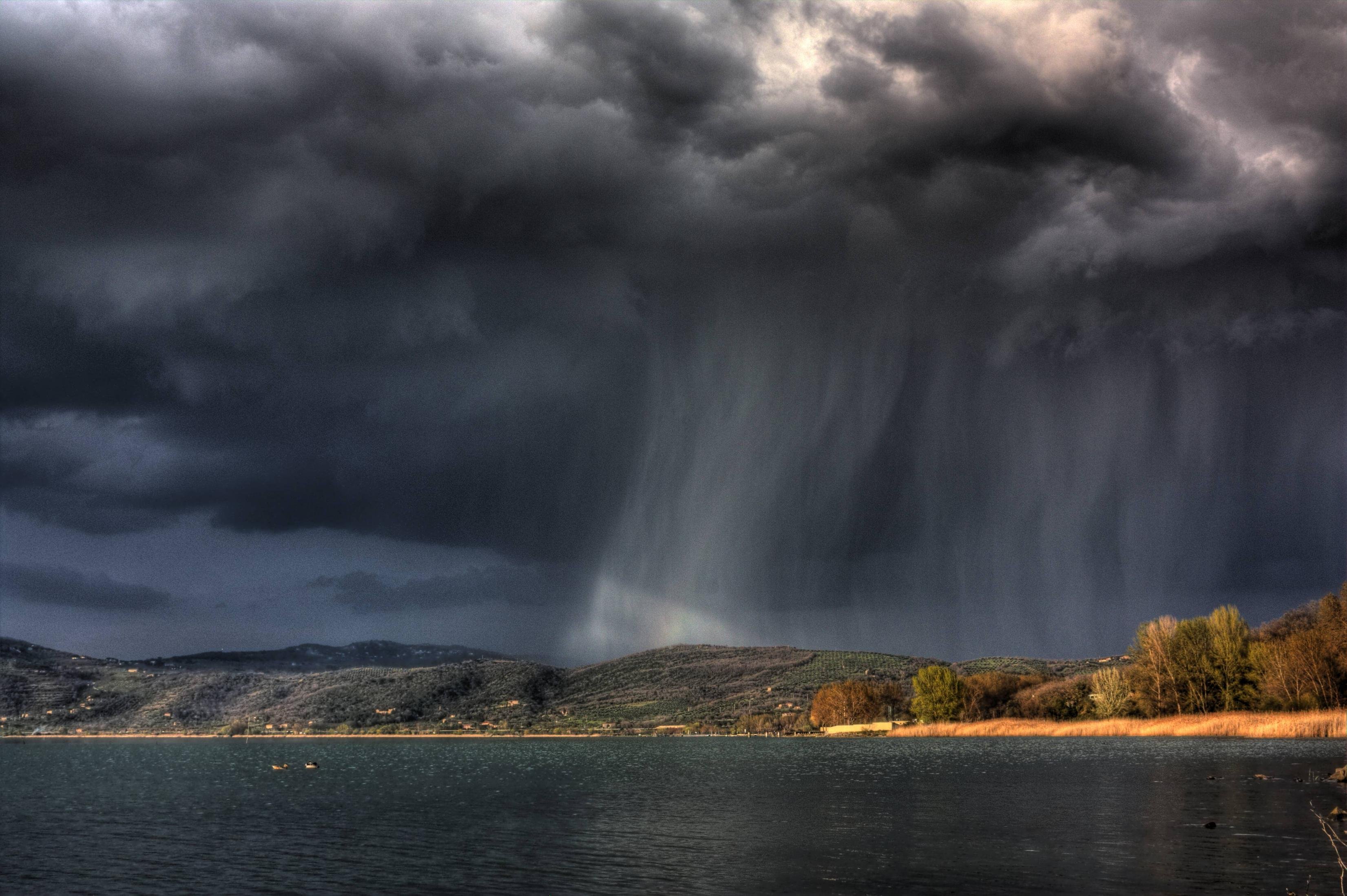
Climate change poses significant threats to the cultivation and production of oranges. Rising temperatures, altered precipitation patterns, and extreme weather events can adversely affect orange trees and their fruit. Understanding the potential impacts and implementing adaptation strategies is crucial for the sustainability of orange farming.
Effects of Climate Change on Oranges
Climate change can impact oranges in various ways, including:
- Earlier ripening: Higher temperatures accelerate the ripening process, leading to earlier harvests and potential quality issues.
- Reduced yield: Extreme heat and water stress can reduce the size and number of oranges produced, impacting overall yield.
- Increased susceptibility to pests and diseases: Warmer temperatures and changes in precipitation patterns favor the proliferation of pests and diseases, posing a significant threat to orange groves.
- Damage from extreme weather events: Hurricanes, droughts, and floods can cause extensive damage to orange trees, leading to fruit loss and long-term impacts on production.
Adaptation Strategies
Orange growers can implement various strategies to adapt to the potential effects of climate change:
- Using drought-tolerant varieties: Selecting orange varieties that can withstand water scarcity and extreme heat is crucial.
- Improving irrigation systems: Implementing efficient irrigation systems to ensure adequate water supply during droughts is essential.
- Integrated pest management: Adopting integrated pest management practices that minimize the use of chemical pesticides and promote natural predators can help control pests and diseases.
- Diversifying crops: Growing other citrus fruits or alternative crops alongside oranges can provide income stability and reduce the risk of crop failure.
- Seeking government support: Collaborating with government agencies and research institutions for funding, technical assistance, and access to climate-resilient technologies is beneficial.
Case Studies
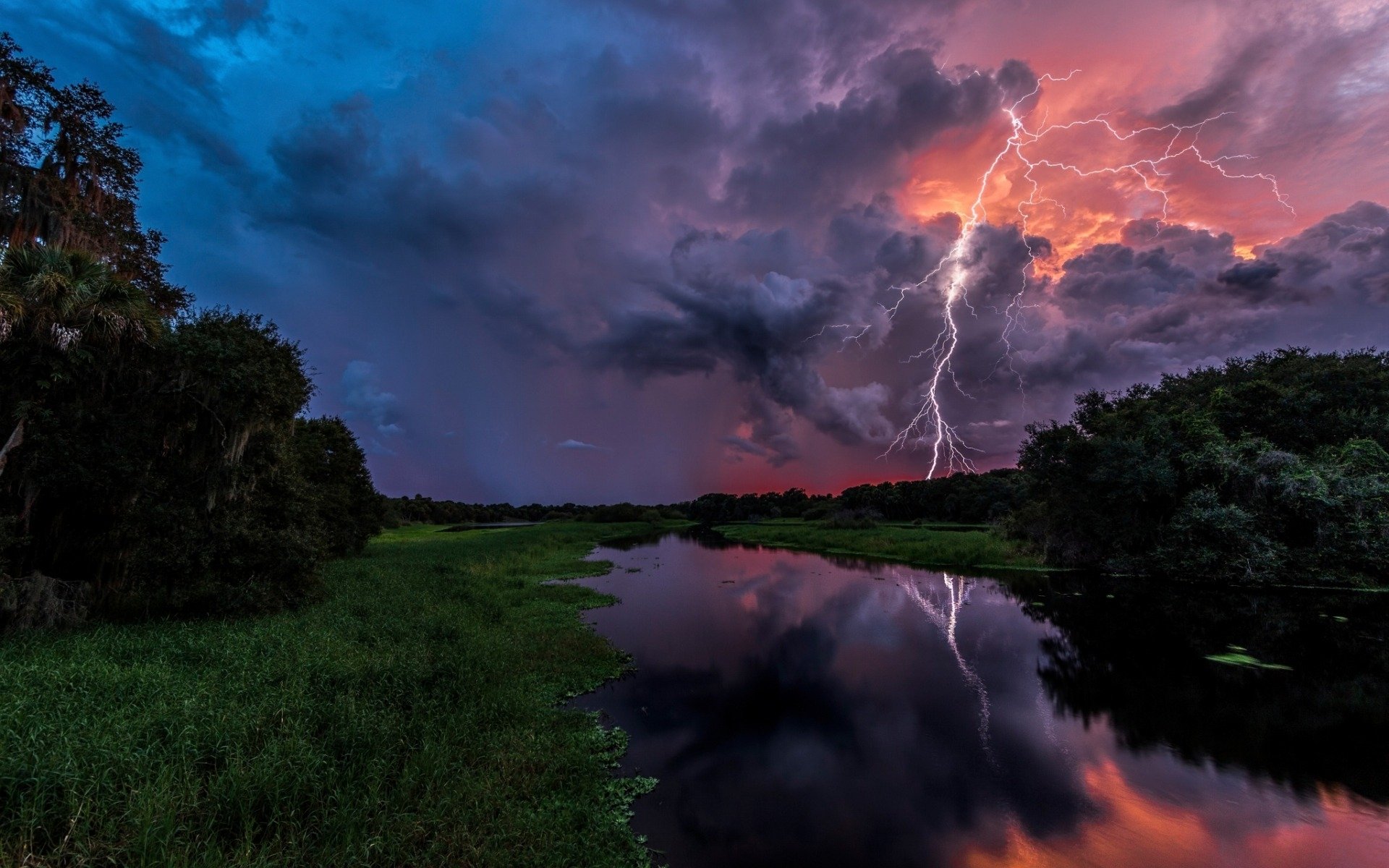
Orages are a common and often destructive natural phenomenon. To better understand their behavior and mitigate their impacts, it is important to examine notable case studies that have had significant societal and environmental consequences.
These case studies provide valuable insights into the causes, effects, and lessons learned from orages, enabling us to develop more effective forecasting, warning, and mitigation strategies.
Hurricane Katrina
- Cause: A Category 5 hurricane that made landfall in the Gulf Coast of the United States in 2005.
- Effects: Widespread flooding, destruction of infrastructure, and loss of life. Over 1,800 people died, and the total damage exceeded $160 billion.
- Lessons Learned: The importance of early evacuation, disaster preparedness, and the need for improved levee systems.
Typhoon Haiyan, Orage
- Cause: A Category 5 typhoon that struck the Philippines in 2013.
- Effects: Devastating winds and storm surge, causing widespread destruction and loss of life. Over 6,000 people died, and the total damage exceeded $10 billion.
- Lessons Learned: The need for resilient infrastructure, early warning systems, and community-based disaster preparedness.
Global Distribution
Oranges are widely cultivated in tropical and subtropical regions around the world, with a global distribution that spans across continents and climatic zones. The global distribution of oranges is influenced by various factors, including climate, soil conditions, and agricultural practices.
Regions with warm climates, abundant sunshine, and well-drained soils are particularly suitable for orange cultivation. The Mediterranean Basin, the Middle East, and parts of Asia, Africa, and the Americas are among the major orange-producing regions globally.
Regions Most Frequently Affected
The Mediterranean Basin, including countries like Spain, Italy, Greece, and Turkey, is a prominent orange-producing region, accounting for a significant share of global orange production. The region’s favorable climate and long history of citrus cultivation contribute to its high orange yields.
Other regions with high orange production include the United States, Brazil, China, and India. These regions have extensive orange groves and employ modern agricultural techniques to maximize productivity.
Factors Contributing to Vulnerability
Regions that are frequently affected by oranges are often characterized by specific factors that contribute to their vulnerability. These factors include:
- Climate: Regions with extreme weather conditions, such as hurricanes, droughts, or excessive rainfall, can impact orange cultivation and lead to crop losses.
- Soil conditions: Poor soil quality, lack of drainage, or salinity can hinder orange tree growth and reduce yields.
- Pests and diseases: Orange trees are susceptible to various pests and diseases, which can cause significant damage to crops and reduce fruit quality.
- Agricultural practices: Improper irrigation, fertilization, or pruning techniques can weaken orange trees and make them more vulnerable to environmental stresses.
Potential Impacts of Climate Change
Climate change poses potential threats to the global distribution of oranges. Rising temperatures, changes in precipitation patterns, and increased frequency of extreme weather events can impact orange cultivation in various ways:
- Temperature: Oranges are sensitive to temperature fluctuations, and prolonged exposure to extreme heat can damage trees and reduce fruit quality.
- Water availability: Changes in precipitation patterns can affect water availability for irrigation, which is crucial for orange cultivation in arid and semi-arid regions.
- Extreme weather events: Hurricanes, droughts, and floods can cause significant damage to orange groves and disrupt production.
Summary of Key Findings
The global distribution of oranges is influenced by a range of factors, including climate, soil conditions, and agricultural practices. Regions with warm climates, abundant sunshine, and well-drained soils are most suitable for orange cultivation. Climate change poses potential threats to orange production, and adaptation strategies are needed to mitigate the impacts of rising temperatures, changes in precipitation patterns, and increased frequency of extreme weather events.
Identify emerging technologies and approaches that could revolutionize the study of oranges: Orage
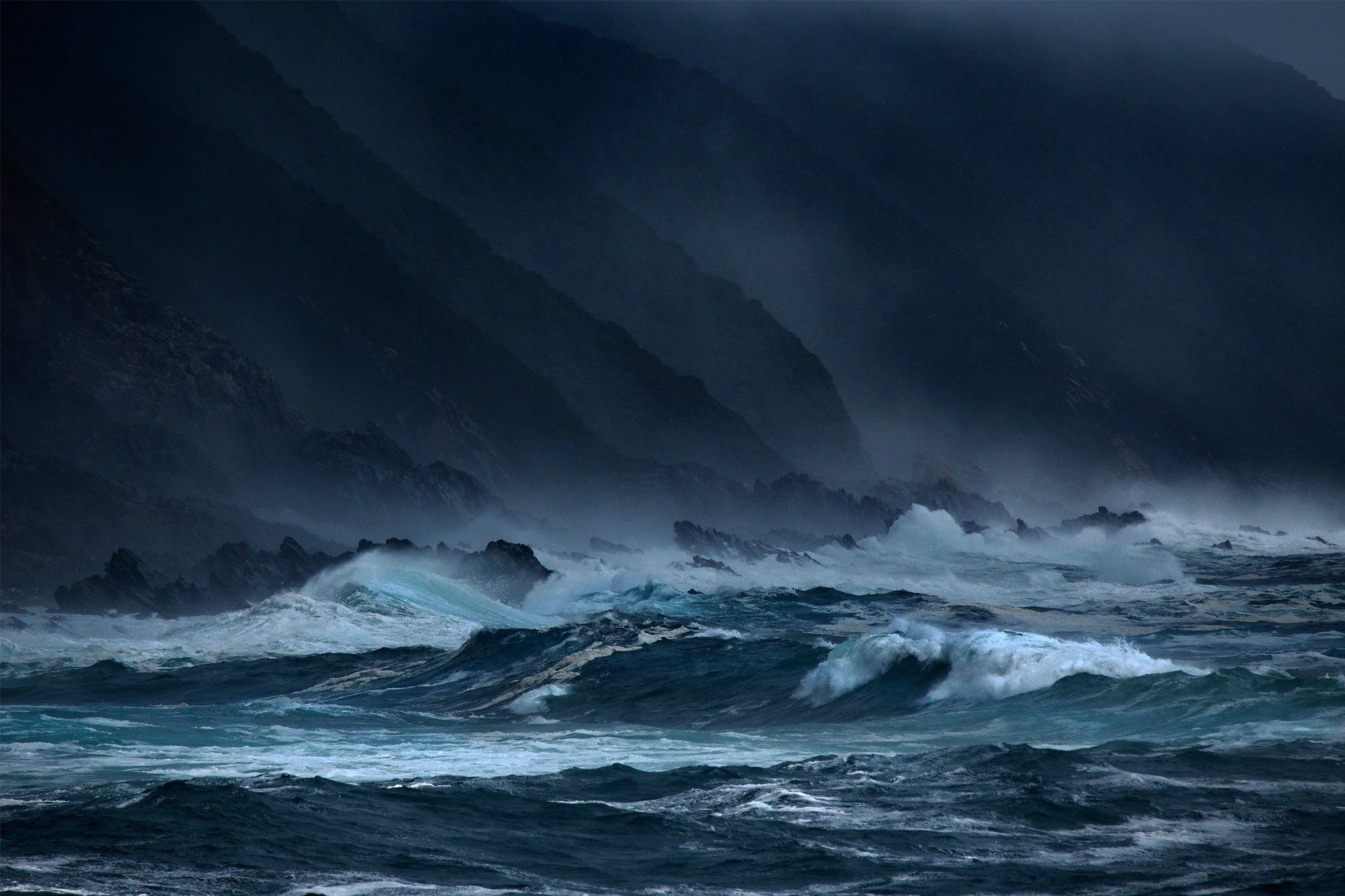
Advances in technology, particularly in artificial intelligence (AI) and machine learning (ML), are rapidly transforming the field of orange research. These technologies enable the analysis of vast amounts of data, leading to new insights and discoveries about oranges. For example, AI algorithms can be trained on historical orange data to identify patterns and trends, which can help researchers make more accurate predictions about future orange behavior. Additionally, ML techniques can be used to develop new methods for orange detection, tracking, and classification.
Potential collaborations with other fields
Collaborations between orange researchers and experts from other fields, such as computer science, agriculture, and meteorology, can lead to groundbreaking advancements in orange research. For example, collaborations with computer scientists can help develop new AI and ML algorithms specifically tailored to the study of oranges. Partnerships with agricultural experts can provide access to field data and expertise, enabling researchers to study oranges in their natural environments. Collaborations with meteorologists can lead to a better understanding of the impact of weather conditions on oranges.
Ethical considerations and implications
As research on oranges continues to advance, it is important to consider the ethical implications of these technologies. For example, the use of AI and ML algorithms raises concerns about data privacy and bias. It is essential that researchers adhere to ethical guidelines and ensure that data is used responsibly and transparently.
Key findings and recommendations from recent research studies
Recent research studies on oranges have yielded significant findings and recommendations. For example, a study published in the journal Nature found that AI algorithms can be used to accurately predict the size and yield of orange crops. Another study, published in the journal Science, found that ML techniques can be used to develop new methods for detecting and classifying orange diseases. These findings have important implications for orange growers and researchers, as they can lead to improved crop management and disease control.
Gaps in knowledge
Despite the progress that has been made, there are still significant gaps in our knowledge about oranges. For example, we do not fully understand the genetic basis of orange traits, such as size, yield, and disease resistance. Additionally, we do not know how oranges will respond to future climate change.
Research questions for the future
There are a number of important research questions that could be investigated in the future. For example, researchers could investigate the use of AI and ML to develop new methods for orange breeding and disease control. Additionally, researchers could study the impact of climate change on oranges and develop strategies to mitigate its effects.
Table of research directions and potential impact
The following table Artikels the current and future research directions in orange research, along with their potential impact:
| Research Direction | Potential Impact |
|—|—|
| Use of AI and ML for orange prediction | Improved crop management and disease control |
| Collaboration with other fields | New insights and discoveries about oranges |
| Ethical considerations | Responsible and transparent use of data |
| Gaps in knowledge | Improved understanding of orange traits and climate change impacts |
| Research questions for the future | Development of new technologies and strategies for orange research |
Timeline for future research initiatives
The following is a proposed timeline for future research initiatives in orange research:
* 2023-2025: Development of new AI and ML algorithms for orange research
* 2026-2028: Collaboration with other fields to advance orange research
* 2029-2031: Investigation of ethical implications of orange research
* 2032-2034: Filling gaps in knowledge about oranges
* 2035 and beyond: Development of new technologies and strategies for orange research
Strategies for funding and supporting future research
There are a number of strategies that could be used to fund and support future research on oranges. These strategies include:
* Government funding
* Private funding
* Non-profit funding
* Crowdfunding
It is important to secure funding for future research on oranges in order to continue to advance our understanding of these important fruits.
Conclusion
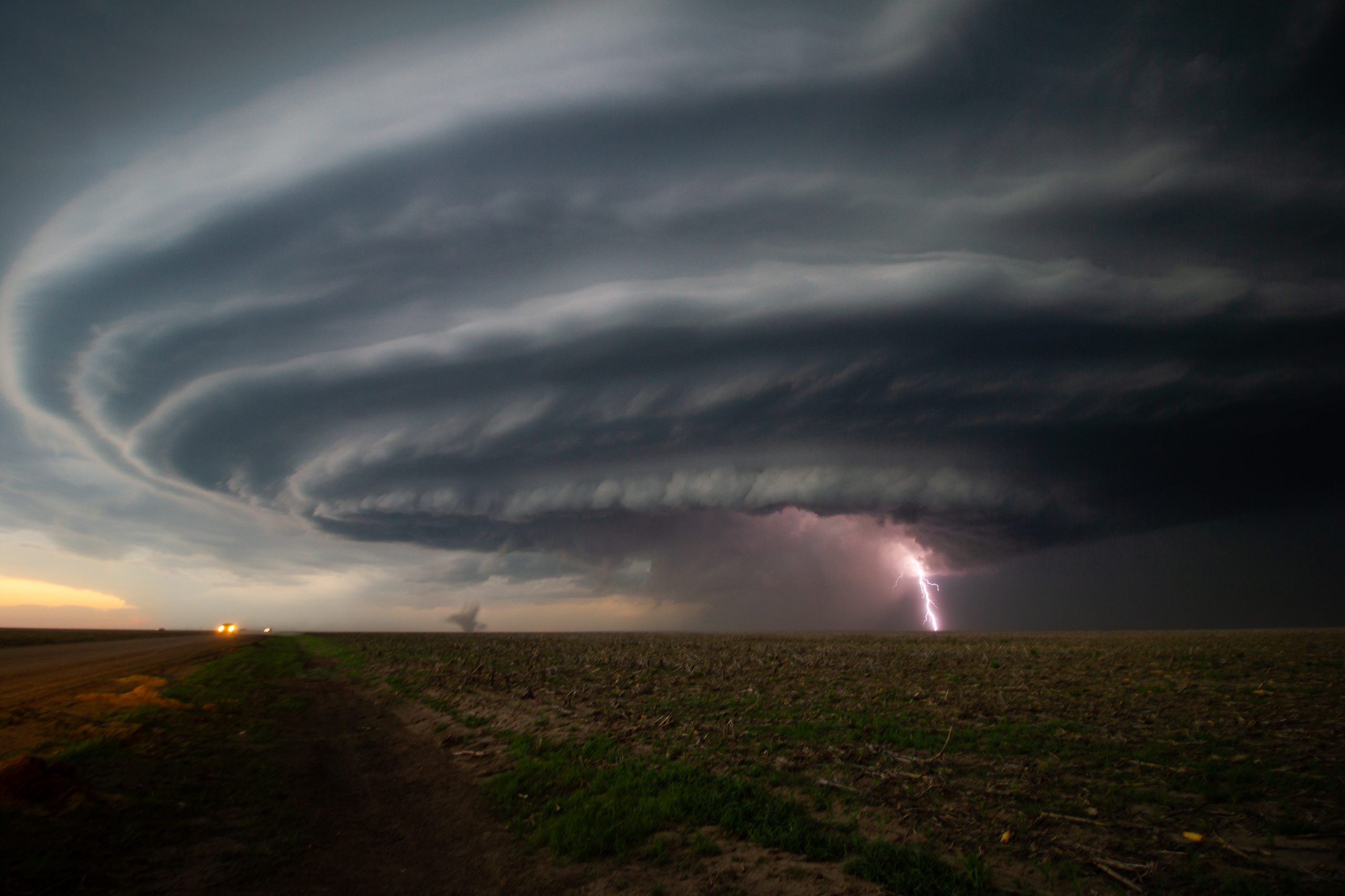
Orage has left an indelible mark on human culture, inspiring awe, fear, and artistic expression. Its destructive potential has shaped our understanding of nature’s power, while its life-giving qualities have sustained civilizations. From ancient myths and legends to modern-day literature and music, orage continues to captivate our imaginations, reminding us of the delicate balance between humanity and the forces of nature.
FAQ Explained
What is the difference between a thunderstorm and an orage?
An orage is a specific type of thunderstorm characterized by intense electrical activity, heavy rain, and often hail.
What causes lightning in an orage?
Lightning occurs when electrical charges within the orage cloud become separated, creating a massive electrical field. When the field becomes strong enough, it discharges as a bolt of lightning.
How can I stay safe during an orage?
Seek shelter indoors or in a hard-top vehicle. Avoid open areas, tall objects, and water. If caught outside, crouch low and make yourself as small a target as possible.